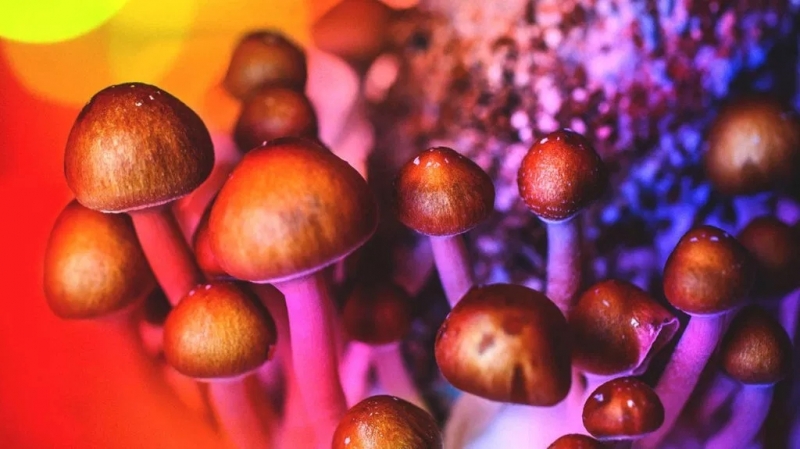
To the untrained eye, this setting appears to be a living room. But it’s not. It’s a research facility specially designed to evoke comfort and ease.
A psilocybin therapy session is taking place.
On the couch lies a patient. They have eye shades and headphones on. Gentle music is playing. Two members of the research team are present to help guide the session over the course of eight hours. Much of this time will be spent in quiet introspection.
Trained medical staff are on-site, should anything unexpected happen.
Despite the trappings of normalcy, this therapy session is anything but.
Psilocybin, the active ingredient found in “magic” mushrooms, or “shrooms,” is a powerful psychedelic.
Despite being about 100 times less potent than LSD, it’s capable of altering perception of space and time, causing visual distortions, euphoria, and mystical experiences.
Unlike marijuana, which has seen a dramatic shift both in terms of support of legalization and recognized therapeutic uses, or MDMA, which has grabbed headlines in recent years for its potential to treat PTSD (some researchers believe the drug could see Food and Drug Administration approval as soon as 2021), psilocybin lacks the same degree of cultural cachet.
And one could be forgiven for thinking of “shrooms” as nothing more than a remnant of the excess of the psychedelic 1960s.
But make no mistake: Psilocybin has a number of potential medical benefits.
























